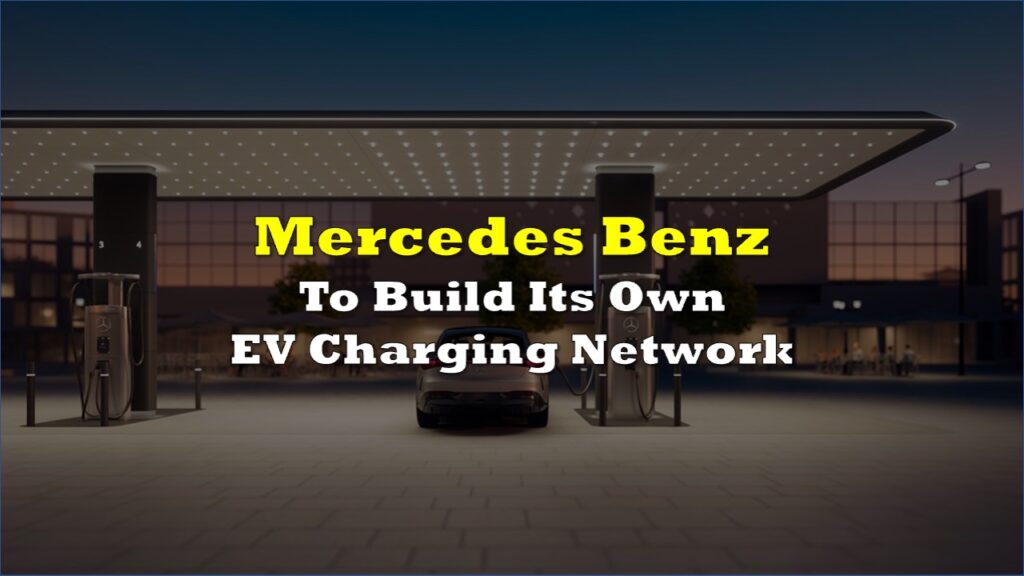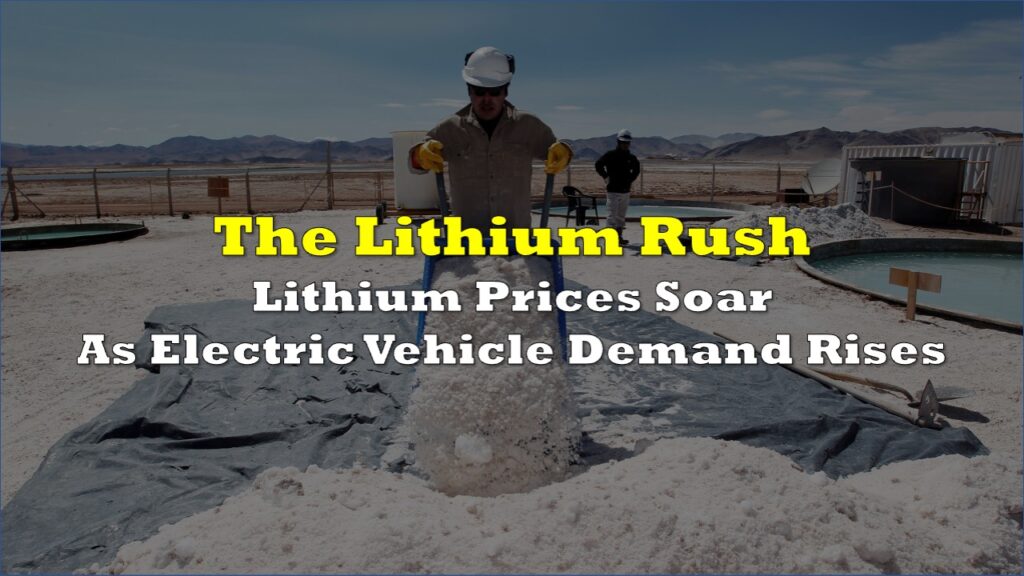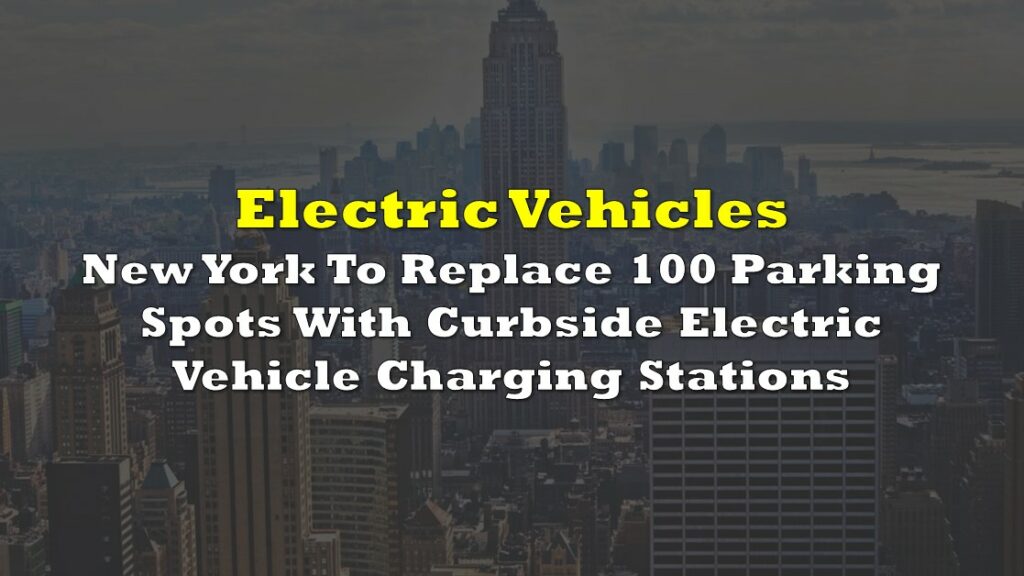Critics of electric vehicles (EVs) have long argued that their manufacturing, disposal, and reliance on coal for electricity generation contribute to a larger carbon footprint compared to traditional vehicles. Until now, there has been a lack of comprehensive studies either supporting or refuting this claim.
However, the Manhattan Institute has recently released a detailed report that examines numerous parameters and data points to compare the lifetime greenhouse gas (GHG) emissions of EVs and internal combustion engine (ICE) vehicles.
According to the report, the range of GHG emissions for EVs is much wider than that of ICE vehicles, primarily due to significant variances in upstream emissions associated with EV manufacturing. In fact, the dirtiest EVs can emit more than double the emissions of the cleanest internal combustion engines.
However, it’s important to note that in base-case scenarios, EVs initially have higher emissions due to the energy intensity of EVs and the battery metals used in their production. Nevertheless, they catch up to ICE vehicles around the 60,000-mile (96,560 kilometre) mark.

Previous life cycle analyses conducted by universities and trade organizations have compared the greenhouse gas emissions from the production, use, and disposal of battery-electric vehicles (BEVs) to those of gasoline-powered vehicles of similar sizes.
Vehicle emissions are generally categorized into air pollutants, which contribute to health issues, and GHGs like carbon dioxide and methane. These emissions are often assessed based on tailpipe emissions, well-to-wheel emissions (including fuel production, processing, distribution, and use), and cradle-to-grave emissions (which encompass vehicle and battery manufacturing, recycling, and disposal).
The good news is that while these studies yield varying emission figures, they consistently show that the difference in greenhouse gas emissions resulting from carbon-intensive BEV production versus ICE vehicles diminishes significantly during the first few years of an EV’s life.
For example, a study by the University of Michigan found that it takes approximately 1.4 to 1.5 years for EV sedans to match the pollution advantage of ICE vehicles due to the manufacturing process. The timeframe is slightly longer for SUVs (1.6 to 1.9 years) and pickup trucks (around 1.6 years) based on the average number of vehicle miles driven in the United States.
On average, the study reveals that emissions from BEV sedans are about 35% of the emissions from internal combustion sedans, electric SUVs produce roughly 37% of the emissions of gasoline-powered vehicles, and BEV pickups create approximately 34% of the emissions of their internal combustion counterparts. All-electric vehicles, plug-in hybrid electric vehicles (PHEVs), and hybrid electric vehicles (HEVs) emit lower tailpipe emissions than ICE vehicles, and zero tailpipe emissions when running solely on electricity.
While all-electric vehicles and PHEVs running on electricity produce zero tailpipe emissions, the generation of electricity itself may still generate emissions depending on the sources. In regions heavily reliant on coal power, such as some counties in the United States, electric sedans may actually produce more emissions than internal combustion vehicles.
Overall, electric vehicles have a significantly smaller environmental impact compared to ICE vehicles. According to the U.S. Department of Energy, the average all-electric vehicle in the United States produces 2,817 pounds of CO2 equivalent per year, while plug-in hybrids emit 4,824 pounds, hybrid vehicles generate 6,898 pounds, and gasoline-powered vehicles produce 12,594 pounds of CO2 equivalent per year.

DLE might change the game
The Manhattan Institute report highlights the high upstream emissions of EVs as a key factor that could potentially harm the environment. However, a forthcoming technology, known as direct lithium extraction (DLE), could greatly improve the environmental performance of EVs.
In recent years, the demand for lithium has surged due to the rapid electrification efforts, leading to supply shortages and significant price increases for lithium carbonate and spodumene. DLE technology, similar to common household water softeners, has the potential to extract approximately 90% of lithium from brine water compared to the 50% achieved through conventional ponds.
One of the major advantages of DLE technology is its ability to supply lithium for EV batteries in a matter of hours or days, significantly faster than the 12-18 months required for lithium carbonate extraction from water-intensive evaporation ponds and open-pit mines.
DLE technology also offers environmental, social, and governance (ESG) benefits. The technologies are portable, allow for freshwater recycling, and reduce the use of hydrochloric acid.
Ken Hoffman, co-head of the EV Battery Materials Research group at McKinsey & Co., expressed optimism about DLE technology, stating, “The world needs abundant, low-cost lithium to have an energy transition, and DLE has the potential to meet that goal.” Similarly, John Burba, executive chairman of IBAT and a pioneer in DLE technology, believes the industry is on the verge of a major breakthrough.
The DLE industry is projected to generate over $10 billion in annual revenue within the next decade. Commercial-scale DLE projects are expected to come online in 2025 and could supply approximately 13% of the global lithium demand by 2030, according to Fastmarkets projections.
Information for this briefing was found via OilPrice.com and the sources mentioned. The author has no securities or affiliations related to this organization. Not a recommendation to buy or sell. Always do additional research and consult a professional before purchasing a security. The author holds no licenses.









